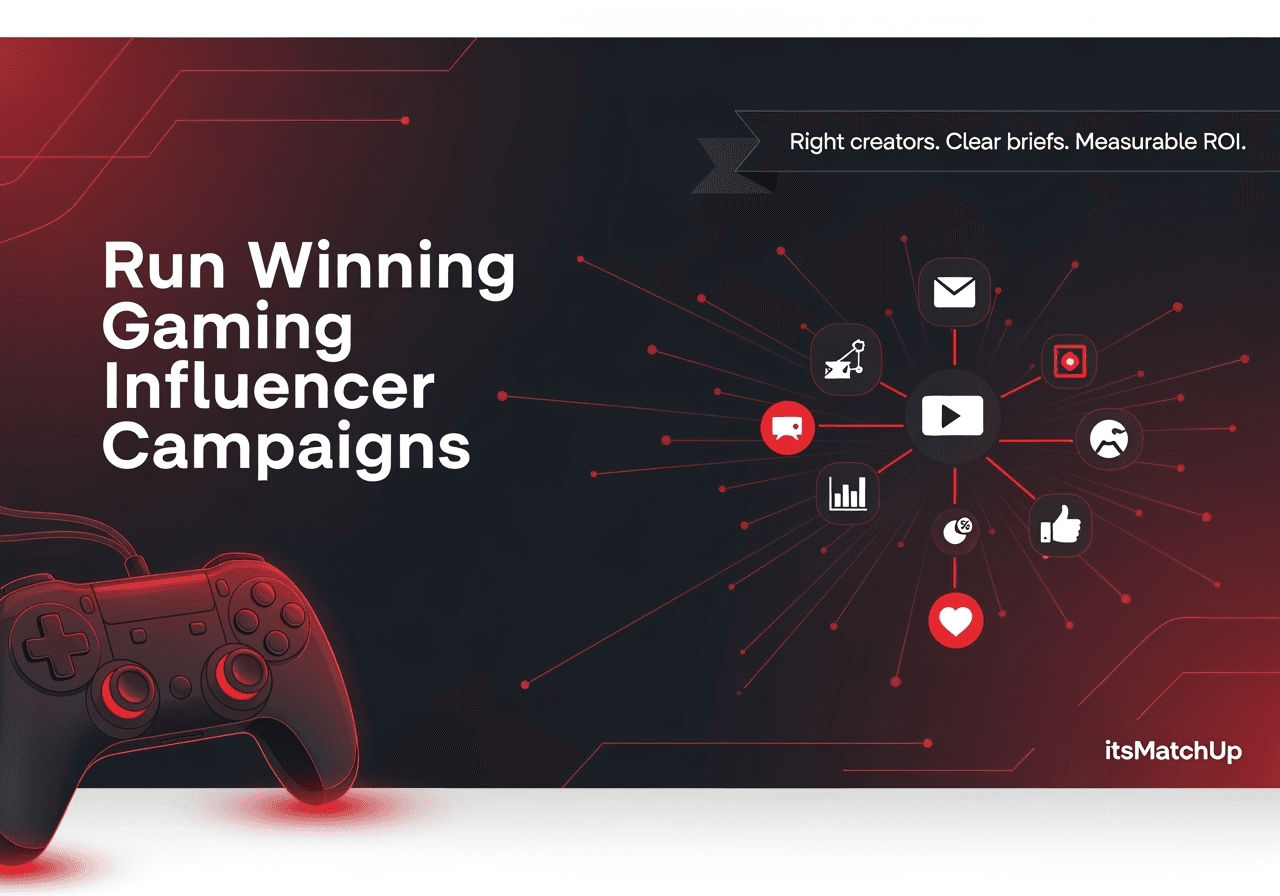What do you lose when you choose the influencer of your business without expert strategies?
Casting is important
Finding common people who are followed by thousands of others may be a temptation to advertise your business, once this person is a trustworthy shortcut for your final audience. But how deeply do you know this person is and how she/he will carry your brand’s image?
When planning an Influencer Marketing Campaign, this is often the first mistake marketers make: basically, choose anyone in the niche or someone that has a huge number of subscribers.
The “MatchUp” name already told you: the chosen influencer needs to match your brand: share their values and believe in your product. The person will be selected to be your ambassador and that’s when the word “reputation” comes in. What is this person’s story? What has she/he been up to?
The agency’s job is to guarantee this broad search to the brand has sure about these points, like:
• what channel followers like or dislike, as well as what they share online;
• the personality’s image, if you have already talked about your product or the competition;
• evaluate the best platform to pass your product: would it be a text on Facebook, video on YouTube, a photo on Instagram?
Unlike any kind of advertising, influencers are able to push their product into their work without it seeming intrusive. Start by researching the various influencers within your niche, then determine which ones are most compatible with your brand.
Categorizing
Influence marketing, in the beginning, was fundamentally centered on the macro-influencers and the numbers of their fan base. But, with the speed that this segment has evolved, several models of influencers have been established:
• Macro-influencer: a large audience but without reaching specific niches, are able to increase exposure, generate great rebound, and buzz around your brand.
• Micro-influencer: fewer followers more niche better determined, suitable for businesses that work with a specific and peculiar audience.
• Emerging influencer: capable of reaching an entire region.
• Nano-influencer: people of up to 2,000 followers who share their experiences with friends.

Completing the text, we have here a list of what the brand loses by choosing influencers without any strategies:
• Time: if the creator has nothing to do with your strategy, hiring this person will be a waste of time
• Credibility: If the campaign does not correspond to the brand, the influencer, and the final public, the idea may have a bad reputation, and that is the opposite of what you are looking for;
• Patience – and time again!: Keep in touch with influencers is not something easy to do, because most of them work by themselves and are full of tasks that do not involve being available all the time;
• News about the area: the market changes very fast, and someone skilled in it can understand who at that time could be useful for the campaign to be successful.
So, for the agency to be sure what kind of influencer is the right one to represent your brand, it is important to know the goals of your campaign, we’ve already talked about it. Having that in mind, the casting moment will be easier and certainly more successful.
SHARE THIS STORY ANYWHERE YOU LIKE
SHARE THIS STORY ANYWHERE
How to Run an Influencer Marketing Campaign for Gaming Brands
🎮 Looking to break through the noise and grow your gaming brand? Here’s our proven framework for influencer campaigns
Opportunities to promote your brand with Influencers
There are countless possibilities to promote your brand on the internet with the support of Digital Influencers. See


